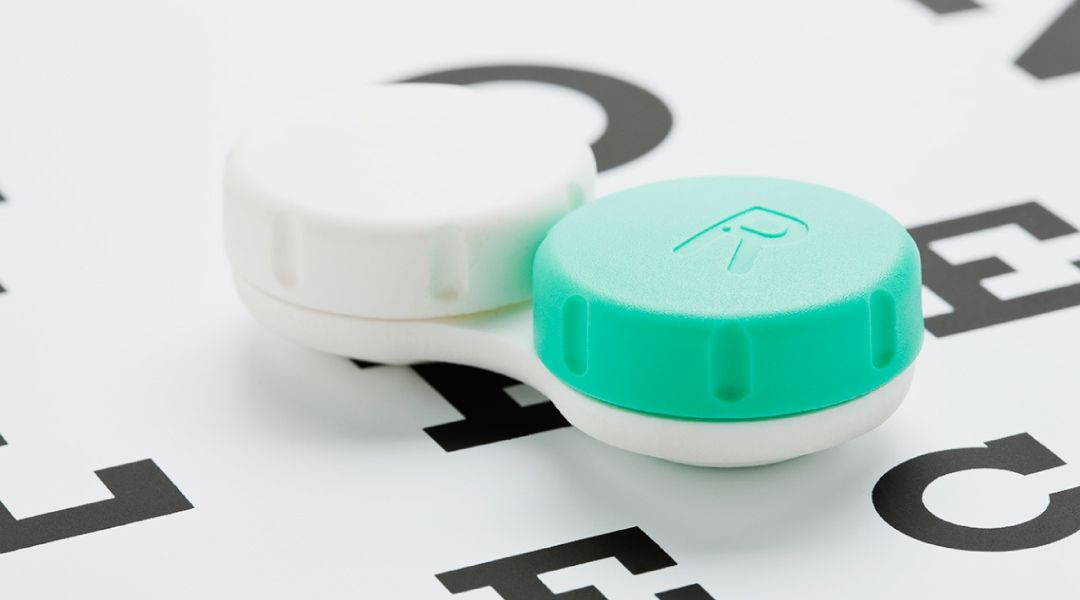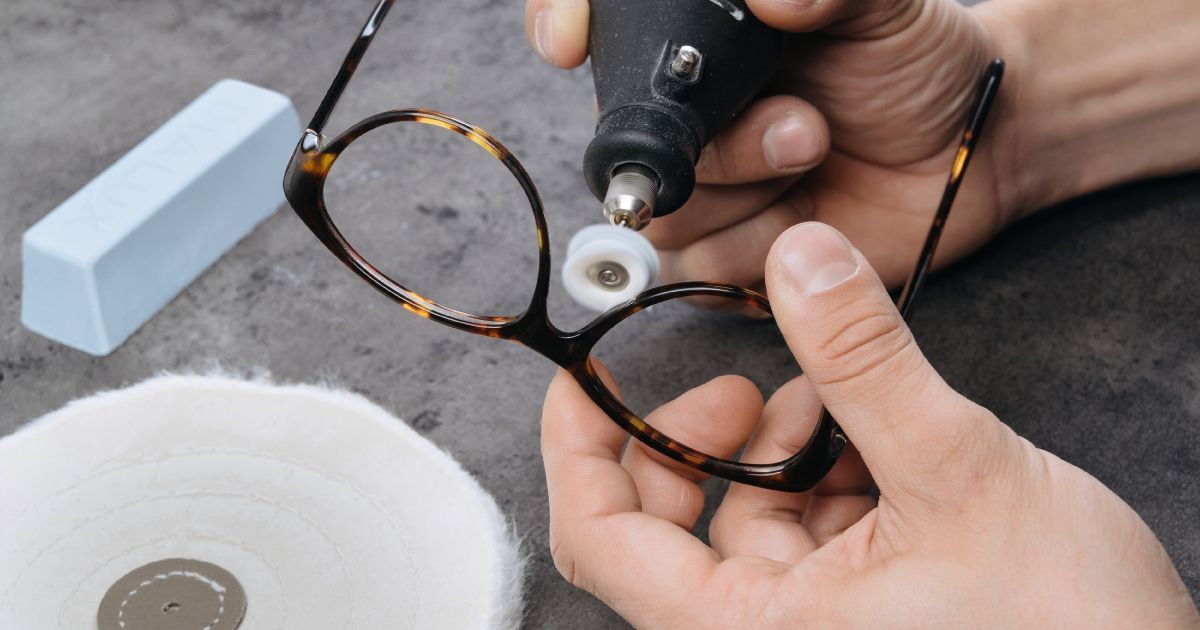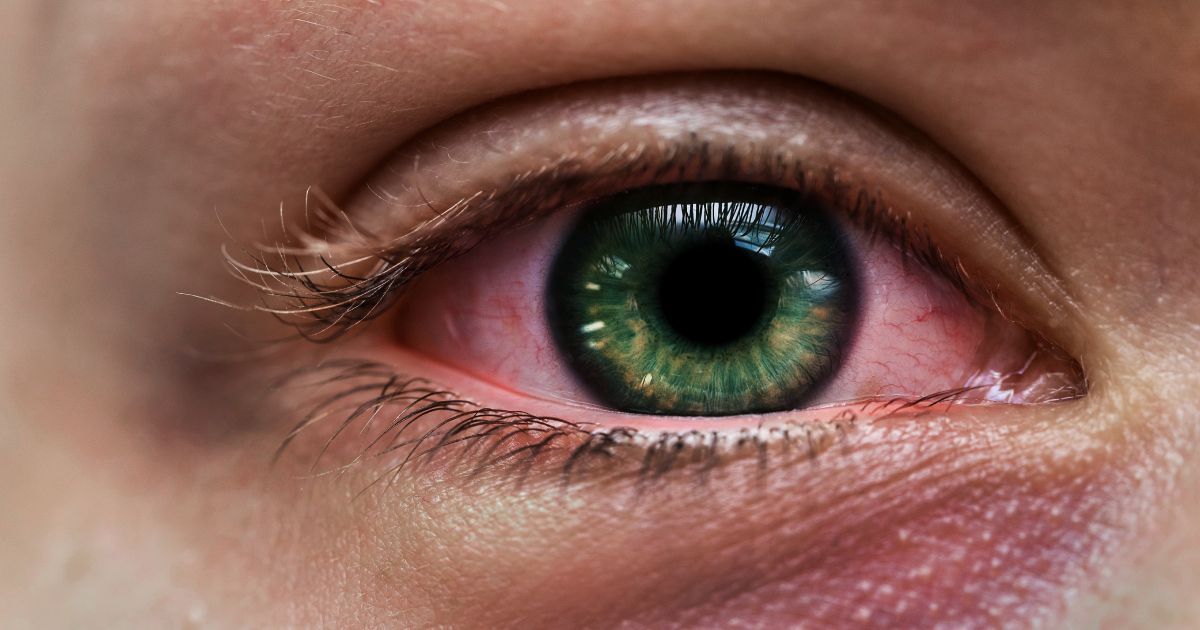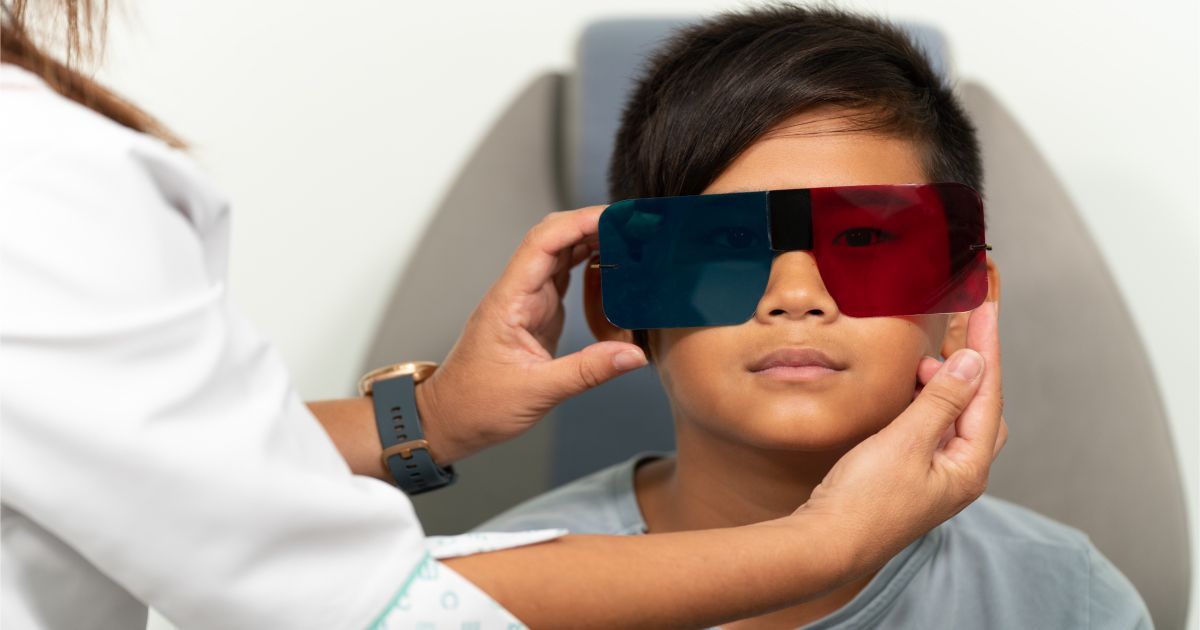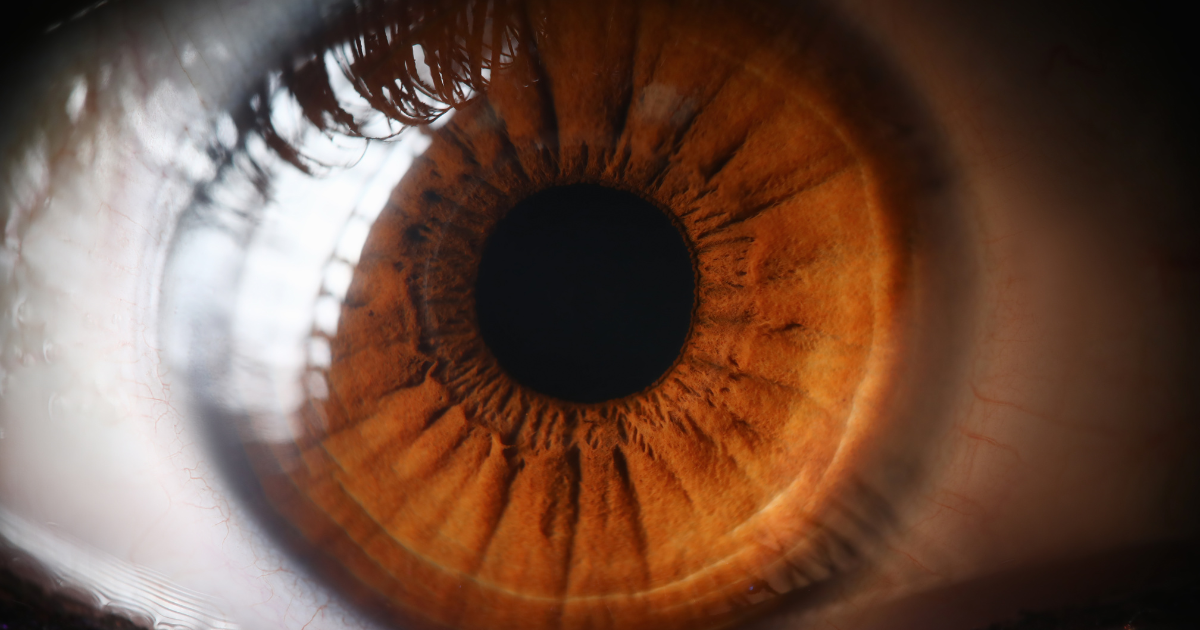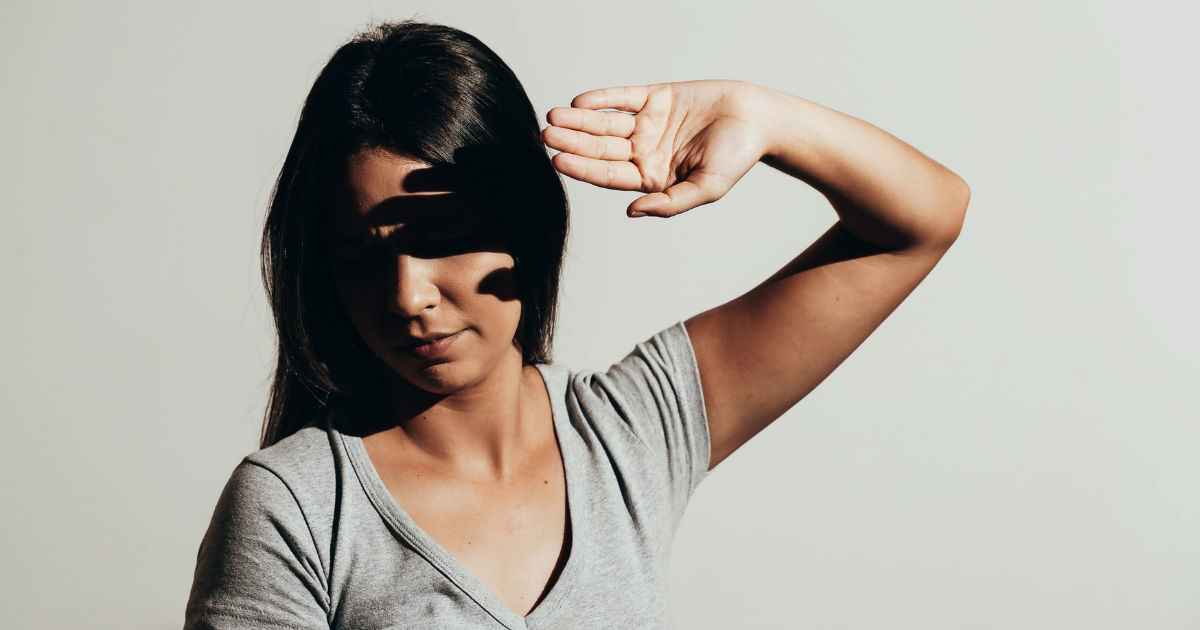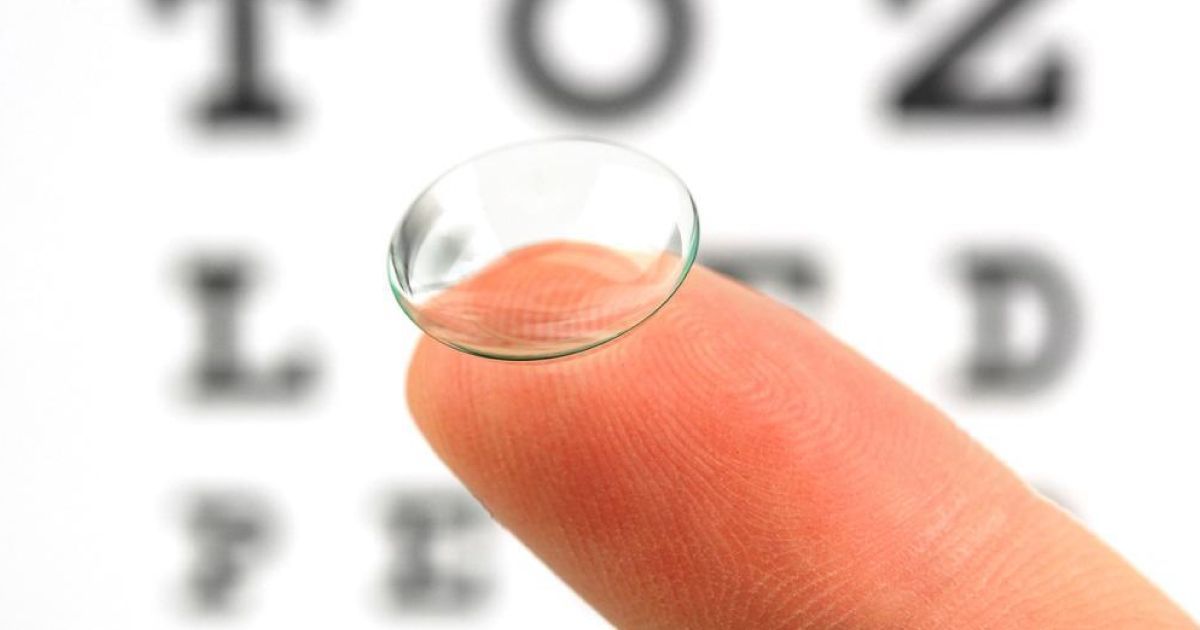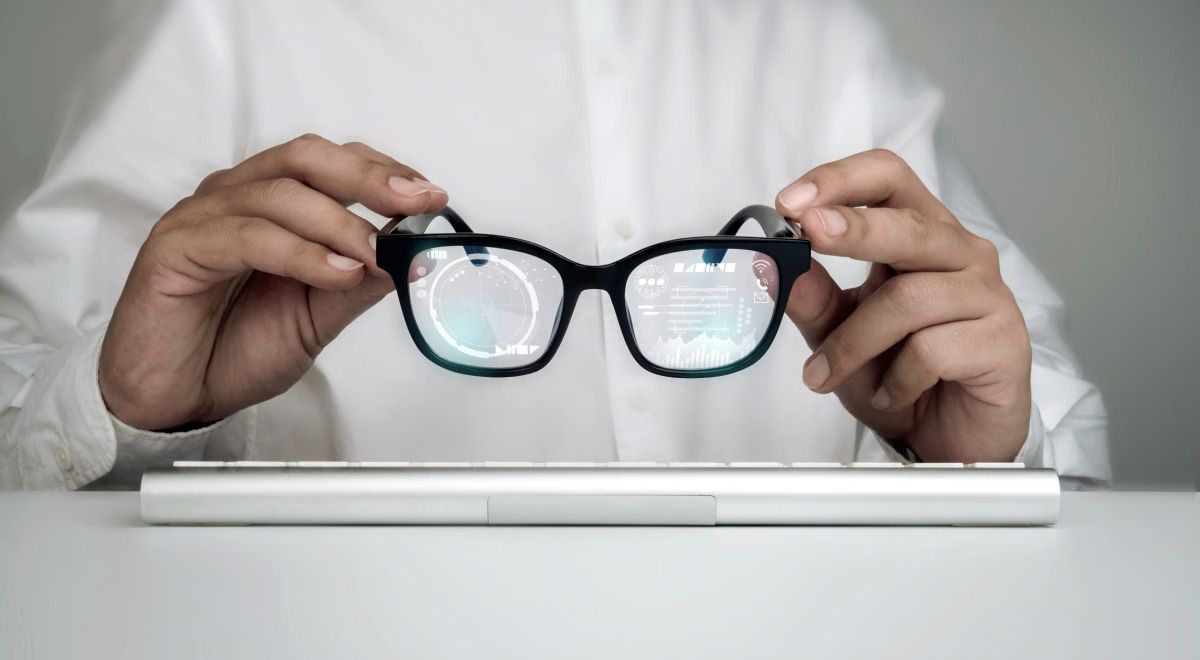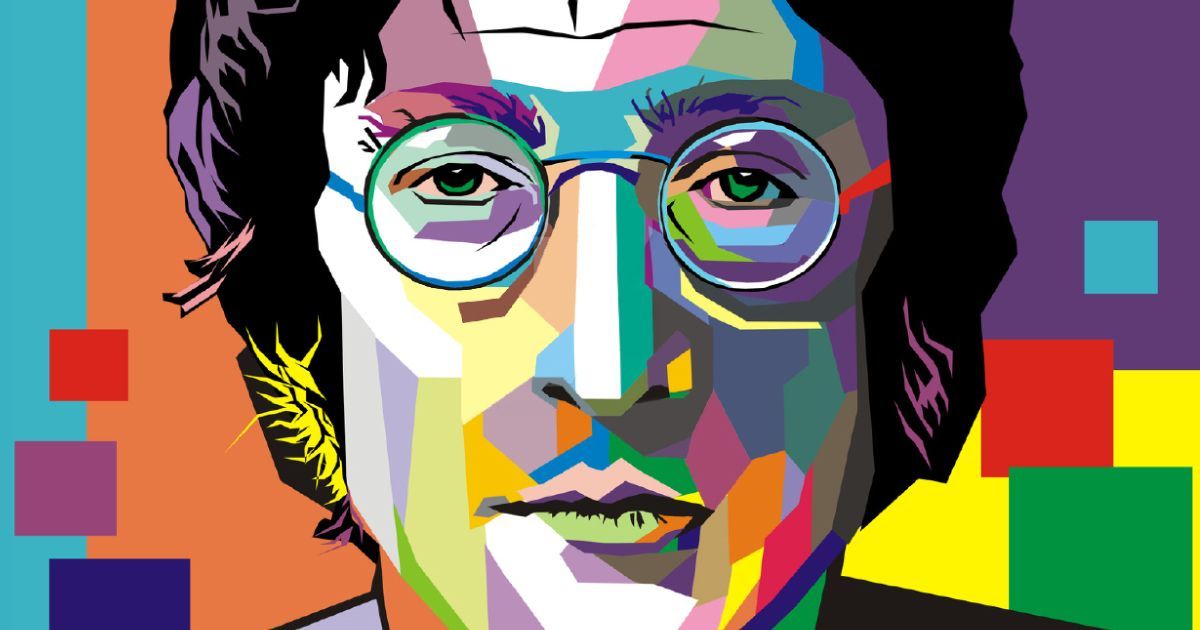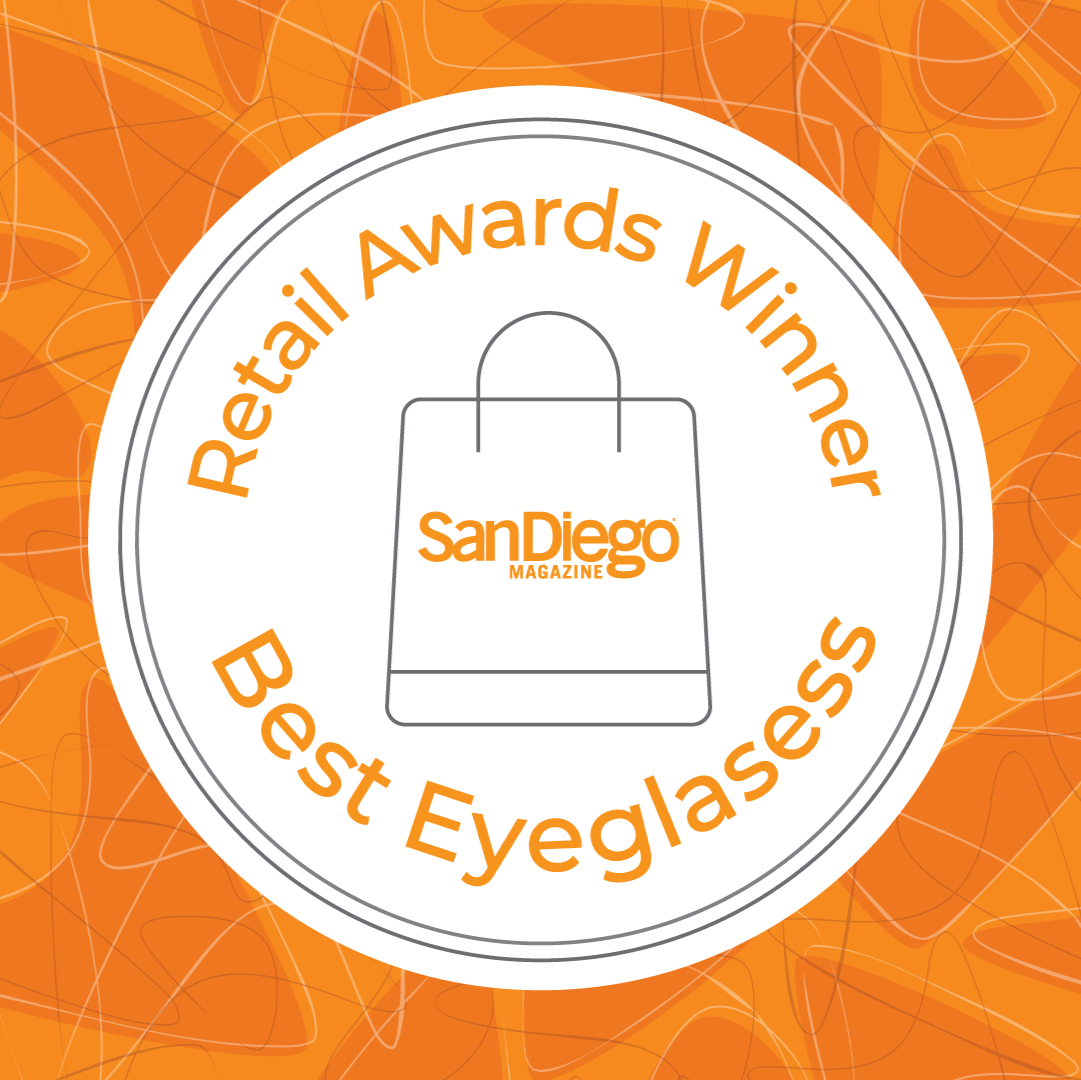Choosing the Perfect Fit: Demystifying Contact Lens Fittings
Photo: Stock Photo
Read time: 5 minutes
When it comes to taking care of your eye health, regular eye exams are essential. However, if you're considering making the switch from glasses to contact lenses or just starting your journey with them, a contact lens fitting is a crucial step that often accompanies your eye exam. In this blog post, we'll explore what a contact lens fitting is, what's included, how it is conducted by the optometrist, and why it's an additional fee on top of your comprehensive eye exam.
What is a Contact Lens Fitting?
A contact lens fitting is a specialized assessment conducted by an optometrist to determine the suitability of contact lenses for your eyes. These lenses, classified as medical devices by the FDA and subject to the Fairness To Contact Lens Consumers Act, require meticulous attention to detail. This law protects both the consumer and the optometrist by providing clear guidelines regarding what constitutes a valid contact lens prescription, its expiration timeframe, and more.
What's Included in a Contact Lens Fitting?
- Eye Health Assessment: The optometrist will begin by examining the overall health of your eyes, adhering to FDA regulations. This ensures that any underlying conditions or irregularities are addressed, promoting safe contact lens wear.
- Prescription Assessment: Ensuring your prescription adheres to the Fairness To Contact Lens Consumers Act, the optometrist will assess your refractive error to determine your contact lens prescription.
- Tear Film Evaluation: A thorough tear film evaluation is conducted, as prescribed by FDA guidelines, to address dry eye concerns that may affect your contact lens experience.
- Corneal Measurement: Precise measurements of your corneas are taken, adhering to the law's requirements, ensuring a proper fit.
- Lens Selection: Following FDA regulations, the optometrist selects contact lenses suitable for your needs, ensuring that you receive lenses that align with your prescription and eye health.
- Trial Lenses: You will often be given trial contact lenses to wear for a specific period, as mandated by the Act, allowing you and the optometrist to assess comfort, vision clarity, and overall suitability.
- Instruction and Education: As the final part of the fitting process, in accordance with FDA guidelines, an optician will educate you on inserting, removing, and caring for your contact lenses, ensuring your safety and comfort.
How is a Contact Lens Fitting Conducted?
A contact lens fitting, both a science and an art, adheres to FDA regulations and requires a high level of expertise and experience from the optometrist. The process typically follows these steps:
- Discussion: You'll begin by discussing your lifestyle, activities, and any specific concerns or preferences you have regarding contact lenses. This information helps the optometrist make recommendations that align with FDA standards.
- Eye Health Exam: Adhering to FDA regulations, the optometrist examines your eyes to ensure they are healthy and suitable for contact lens wear.
- Prescription Assessment: The optometrist ensures that your contact lens prescription meets the guidelines set forth by the Fairness To Contact Lens Consumers Act.
- Tear Film Evaluation: The optometrist checks the condition of your tear film as mandated by the law and may recommend solutions for dry eyes if necessary.
- Corneal Measurement: Using specialized instruments, they measure the curvature and size of your corneas to meet FDA requirements.
- Lens Selection: Based on the gathered data, the optometrist selects contact lenses in accordance with the Act and may provide you with trial lenses.
- Education: You'll receive detailed instructions on how to handle and care for your lenses, ensuring proper hygiene and safety in accordance with FDA guidelines.
- Follow-Up: You'll schedule a follow-up appointment to assess the fit and comfort of the lenses, maintaining compliance with the Act.
Special Considerations in Contact Lens Fittings
While contact lenses offer a fantastic solution for many, certain individuals may need special attention during the fitting process. Allergies, dry eye, and previous eye injuries are among the factors that require careful consideration:
- Allergies: Individuals with allergies may be more prone to eye irritation, making it crucial to choose lenses that minimize discomfort. Optometrists take into account any known allergies during the fitting process to recommend suitable lens materials and care routines.
- Dry Eye: Dry eye syndrome can affect the comfort of wearing contact lenses. Optometrists may suggest specific lens materials or lubricating eye drops to alleviate dryness and enhance comfort. Regular follow-ups are essential to monitor and adjust the fitting as needed.
- Previous Eye Injuries: Those with a history of eye injuries may have unique considerations in lens fitting. Optometrists carefully assess the eye's health and structure to recommend lenses that provide both comfort and vision correction without exacerbating any existing issues.
Why is a Contact Lens Fitting an Additional Fee?
A contact lens fitting is an additional fee due to the specialized expertise, adherence to FDA regulations, and the personalized care it entails. The fitting process follows a structured approach that guarantees both your vision and eye health align with federal standards. Fitting fees begin at $95 and may vary depending on the complexity of the fitting, ensuring that you receive the highest level of care and expertise throughout the process.
Optimizing Clarity and Comfort at Urban Optiks Optometry
At Urban Optiks Optometry in San Diego, we prioritize the importance of a meticulous contact lens fitting to guarantee adherence to FDA standards and to deliver optimum clarity and comfort for our clients. Our experienced optometrists conduct a thorough examination encompassing the overall health of the eyes, evaluating aspects such as corneal curvature, tear film quality, and existing conditions. To ensure a precise fit tailored to each patient's unique eye anatomy, accurate measurements are taken.
We understand that lifestyle preferences play a crucial role in the selection process, whether it's opting for daily disposables or extended wear options. Our optometrists take into account individual factors like allergies or dry eye conditions that may influence the choice of lenses. This comprehensive assessment enables our team to offer personalized recommendations, ensuring that the chosen contact lenses not only meet but exceed our patients' expectations in terms of comfort, visual acuity, and overall eye health.
Are you ready to see if contact lenses might be a good fit for you? Schedule a contact lens fitting today.
The information provided in this article is intended for general knowledge and educational purposes only and should not be construed as medical advice. It is strongly recommended to consult with an eye care professional for personalized recommendations and guidance regarding your individual needs and eye health concerns.
All of Urban Optiks Optometry's blog posts and articles contain information carefully curated from openly sourced materials available in the public domain. We strive to ensure the accuracy and relevance of the information provided. For a comprehensive understanding of our practices and to read our full disclosure statement, please click here.
OUR LATEST POSTS

© Urban Optiks Optometry, Inc. 2009-2024
All Rights Reserved
Location
The Cairo Building
3788 Park Blvd, Suite 5
San Diego, CA 92103
Phone: 619.683.2020
Text: 619.683.2020
Fax: 619.683.2111
Email: info@uoosd.com
Hours
Monday: 9 am – 7 pm
Tuesday: 9 am – 6 pm
Wednesday: 9 am – 6 pm
Thursday: 9 am – 7 pm
Friday: 9 am – 6 pm
Saturday: 9 am – 5 pm
Sunday: Closed


